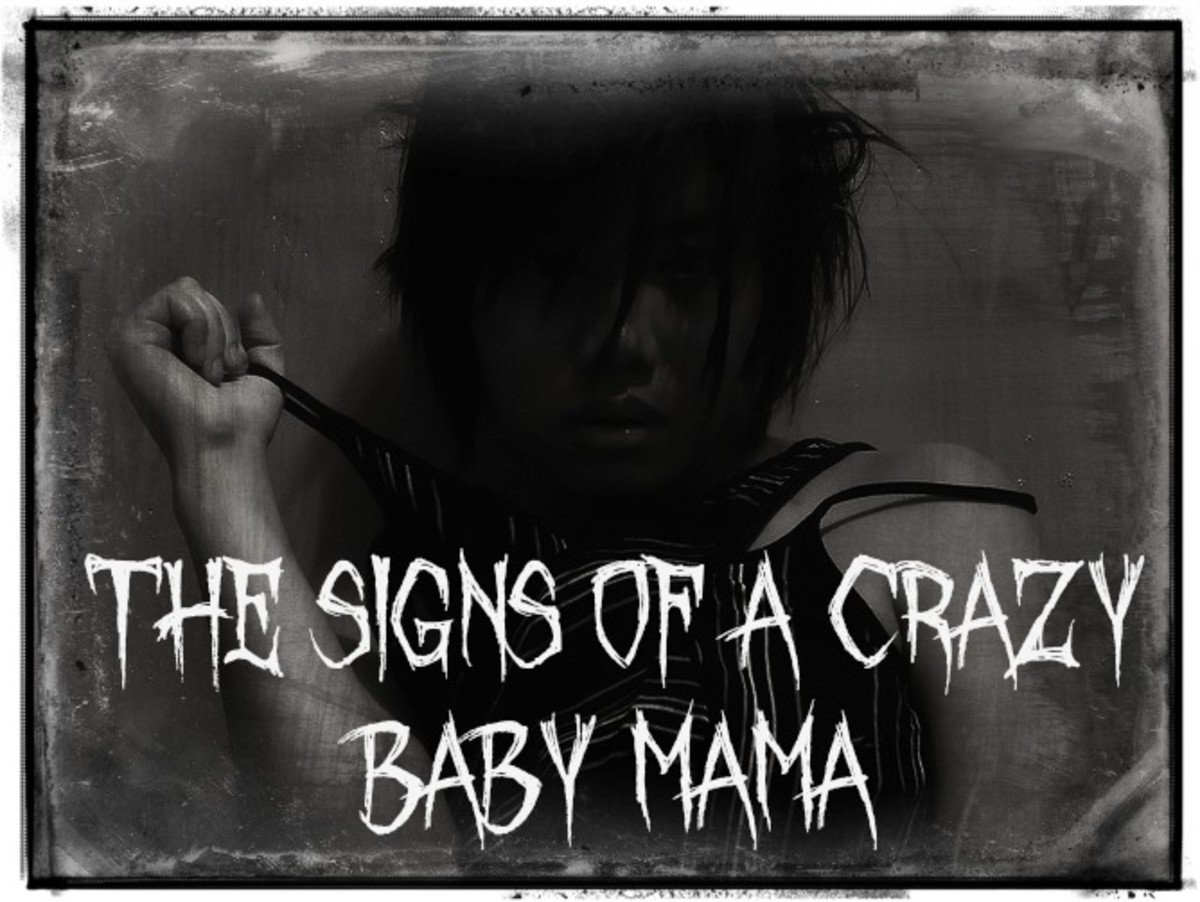Encouraging Good Behavior in Children through Reward Charts and Behavior Charts
Professional adults have spent hundreds of millions of dollars over the years on organization aids ranging from Franklin Planner Daytimers to mobile devices so that they can manage their performance with tasks lists and calendars. In justifying these aids, euphemisms such as "personal productivity" and "personal organizers" have been created. In the end is it about managing "productivity" or the more basic concept of behavior, which results in productivity.
Ironically, the same individual who has invested in a personal organizer strategy for their teams at work, scratches their head as they struggle to instill behaviors and outcomes in their toddlers and pre-schoolers. The question quickly surfaces, "If a highly educated and mature adult needs a work aid to ensure behavior, how can we expect appropriate behaviors from toddlers and preschoolers without the child equivalent?" Am I suggesting a grape juice proof Franklin Planner? No! The answer is a behavior modification chart.
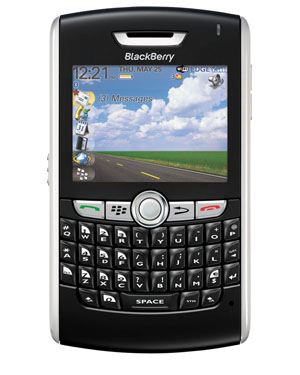
A behavior modification chart, commonly referred to as a behavior chart, is a teaching aid used by many parents and schoolteachers to reinforce good behavior in children while discouraging misbehavior. There are a wide variety of behavior charts available, which often serve to teach children different lessons. Two of the most common behavior charts are used to either discipline or reward children.
Many will recall their days of elementary school and the behavior chart that many teachers use. The most common classroom behavior chart is relatively basic and usually has four or five colored card in slots on the chart. Children will start each day with a full count of cards. As the day progresses, any child that misbehaves or acts out will have to remove a card. The amount of cards left will determine the consequences for the child's actions. Usually, a child pulling one card will receive a warning, two cards removed will result in a time out, often enforced at recess or free time, and so on. While this type of teaching aid is quite common, some argue that this method is not effective, as it does nothing to reinforce positive behavior. It is thought that by only reinforcing discipline, children are not properly taught why to use good behavior, only how to avoid bad punishment.
While a behavior chart such as this is an effective teaching aid in the classroom, where there is more of an emphasis on preventing classroom disruptions, at home, parents need a teaching aid that can emphasize good choices rather than simply teaching the child how to avoid punishment. Additionally, parents are seeking to instill good habits in their children, teaching them responsibility and the rewards of virtue.
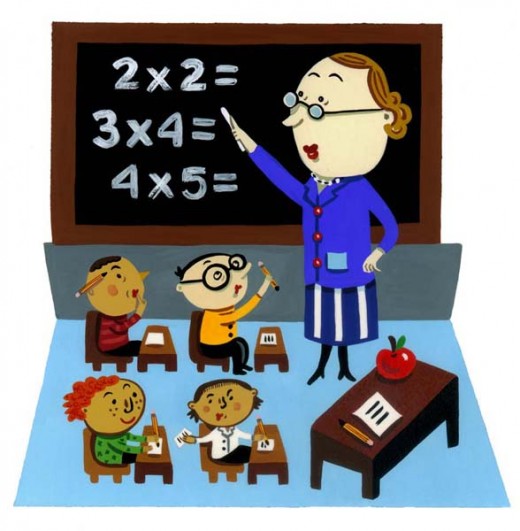
There are a number of household chores and actions that many parents often have trouble encouraging their children to do. These activities include motivating children to pick up their toys, make their bed, and brush their teeth. While it is easy to punish a child by taking away privileges until the chores are done, this simply teaches a child to avoid punishment, which is not always the most effective means of motivation.
There are other developmental situations in which punishment is not effective at all, and in fact can be harmful to a child's development. The issue of potty training is one of these situations. Potty training is a situation that is extremely unfamiliar to a child. They are taken out of their comfort zone and placed in an unfamiliar situation. It is important that parents instill confidence in their child and show the child that they can do it on their own. In potty training, punishment is not a motivation. Instead it is important to instill confidence and a sense of achievement through goals.
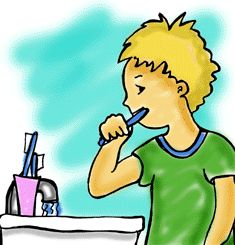
According to Roxana Bolanos, of Learning From A to Z, "With an emphasis on the negative, telling a child no, the child does not see the benefits of good behavior or right actions, only the consequences of acting up. It is important that a child realizes the rewards for good behavior, which encourages them to obey and conduct themselves accordingly."
- Behavior Charts & Reward Charts
Offers a complete catalog of educational toys and teaching aids including activity calendars and finger puppets.
Many parents and educators have begun to focus on the reinforcement of good behavior and look for a more positive teaching aid that emphasizes rewards and positive motivation. The thought is that encouraging good behavior in children, such as completing chores or being polite, is more effective than simply punishing a child when he or she misbehaves. There are several behavior charts that have been developed to reinforce this good behavior.
- Reward Chart
An example of a reward chart from Learning From A to Z.
According to Roxana Bolanos, "To encourage good behavior, we developed the concept of a reward chart, which does not emphasizes punishment and discipline, but instead focuses on the rewards of right behavior to instill confidence through meeting goals."
A reward chart is different than a standard behavior chart used in classrooms. A reward chart is a teaching aid that is designed to set goals for a child and reward them when certain goals are met. The goals can cover a wide array of topics including potty training, accomplishing chores, and manners.
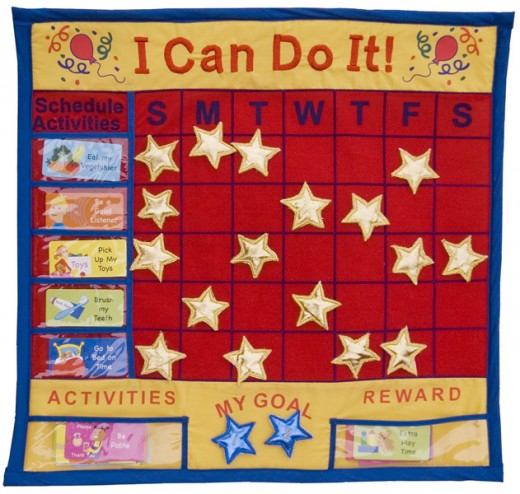
One example of a reward chart is the "I Can Do It! Reward Chart" offered by Learning From A to Z. The "I Can Do It! Reward Chart" allows a parent or child to choose five activities to work on in a given week. These activities include making the bed, cleaning up toys, being polite, brushing teeth, and sharing. The child or parent can also choose a reward that the child can earn at the end of the week for good behavior. Every day that the child meets their behavioral goal, the child receives a gold star. If by the end of the week, the child has earned enough stars, they will be given a reward.
While a behavior chart can prove to be an excellent teaching aid, it is only effective in certain situations and environments, where punishment is an effective motivation. Other situations, such as potty training, or enacting long-term behavioral modification, require a different motivational tool, such as a reward chart. Reward charts are a very effective teaching aid for several reasons. They encourage good behavior rather than discourage misbehavior. They teach children about setting goals for oneself, and finally they instill confidence in a child when he or she meets certain goals, allowing the child to see the progress they are making.
"It is important to get children involved," said Roxana Bolanos. "With a reward chart, children can take an active participation in setting behavioral goals and choosing what would best motivate them to achieve these goals. A reward chart teaches children self discipline as well as introducing the concept of setting goals for oneself."
We would like to extend a special thanks to Roxana Bolanos of Learning From A to Z. Learning From A to Z offers a wide array of educational toys and teaching aids including behavior charts, reward charts, activity calendars, and finger puppets.
- Child Behavior: What Parents Can Do to Change Their Child's Behavior
Information for parents about children’s behavior problems from the American Academy of Family Physicians. - Franklin Planner
An example of a day planner used by professionals. - BlackBerry
The Blackberry is a common example of a mobile planner device.

